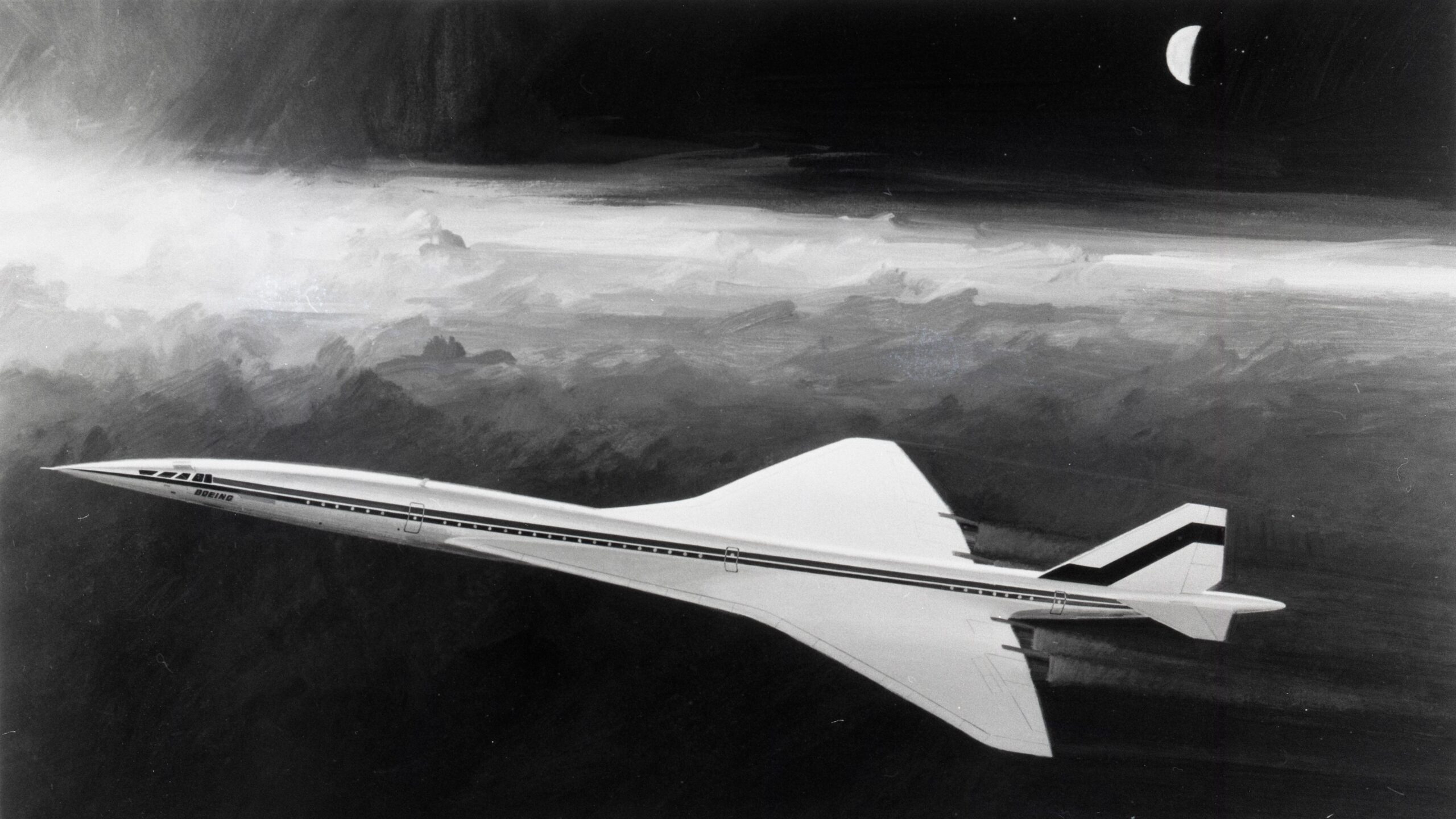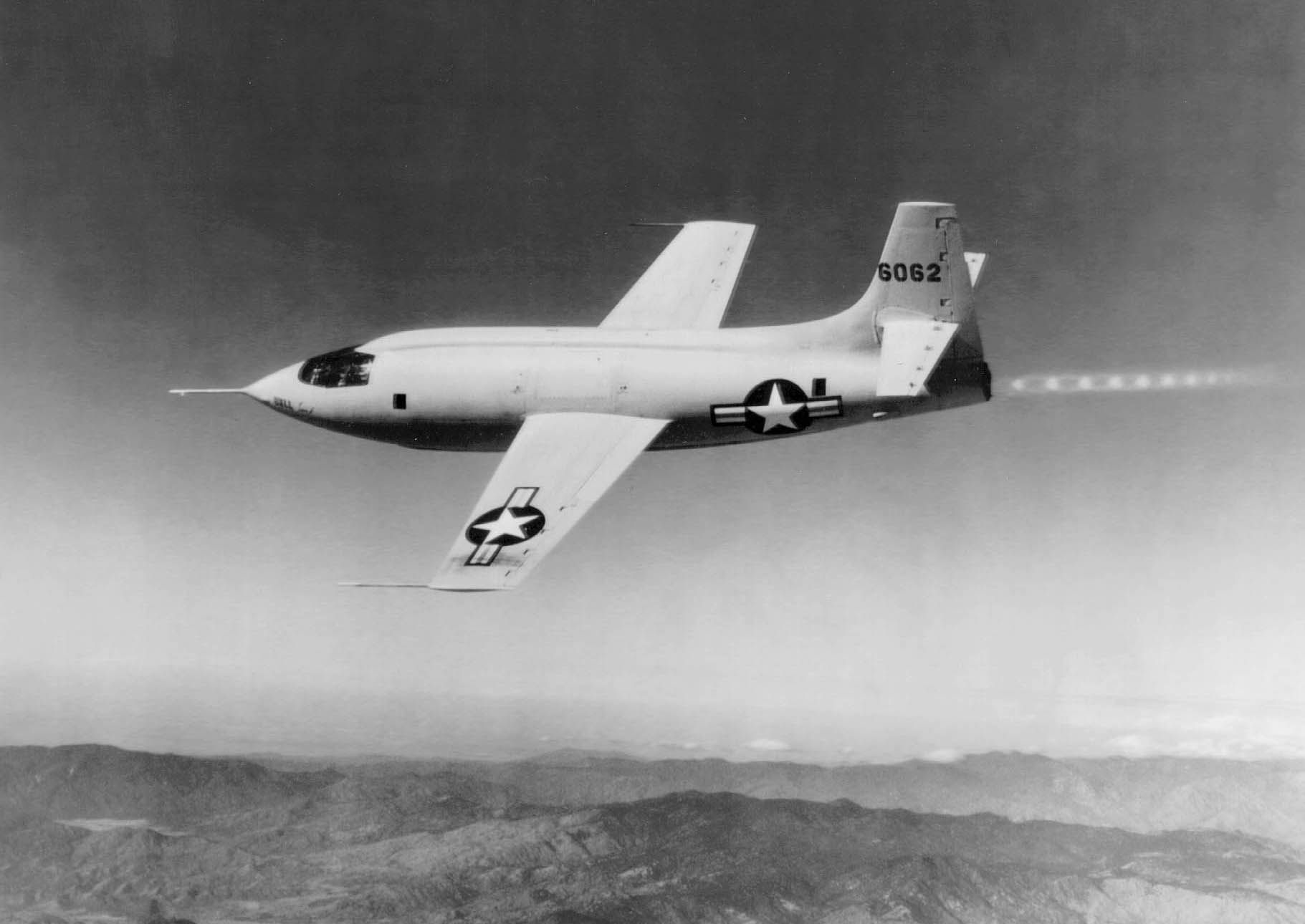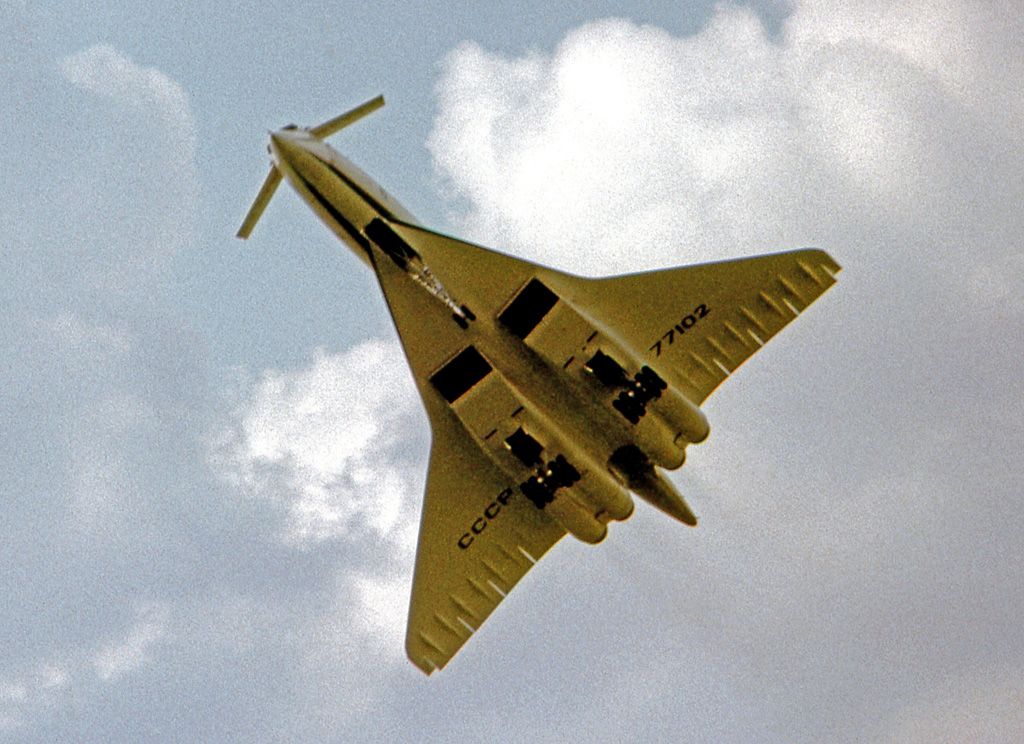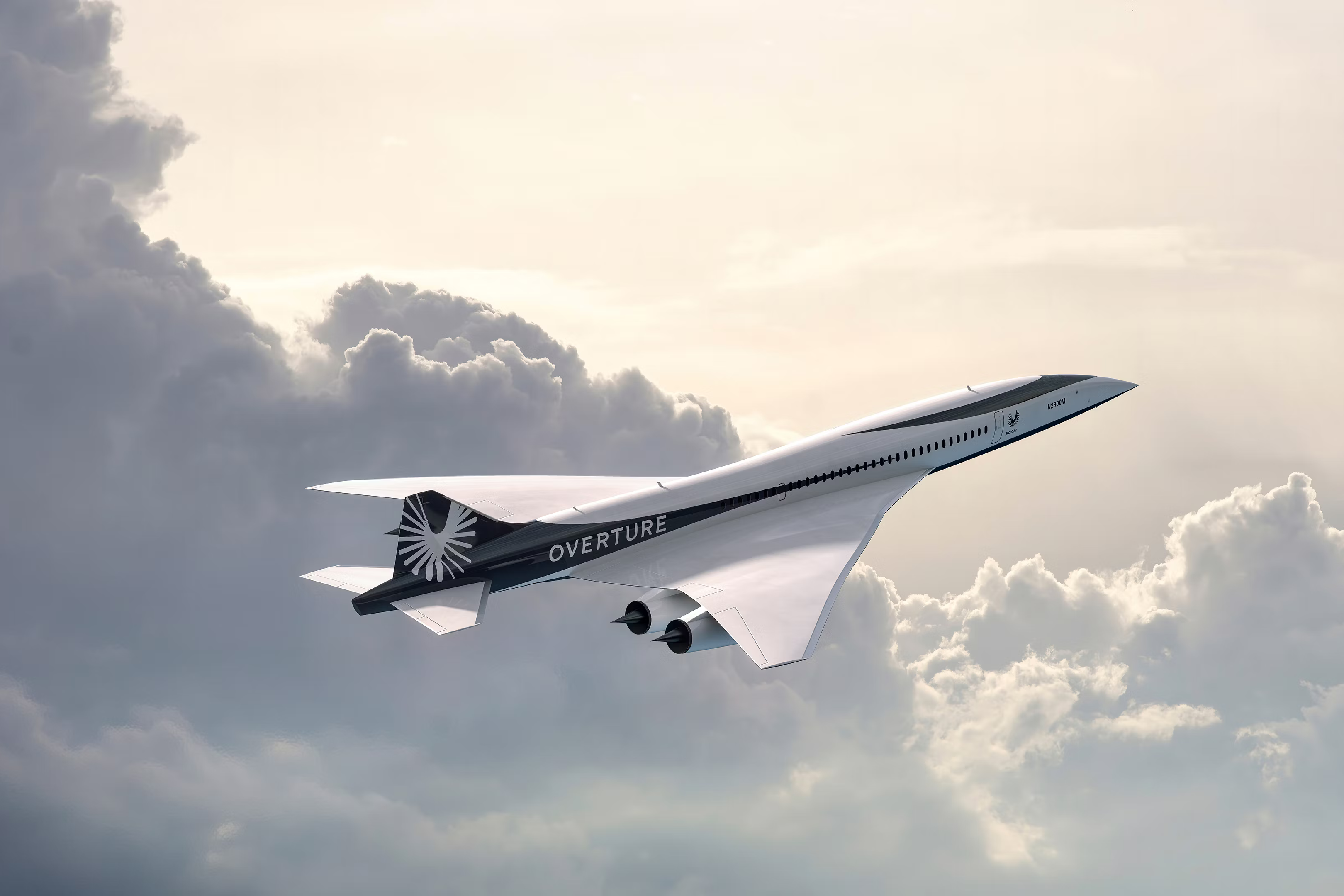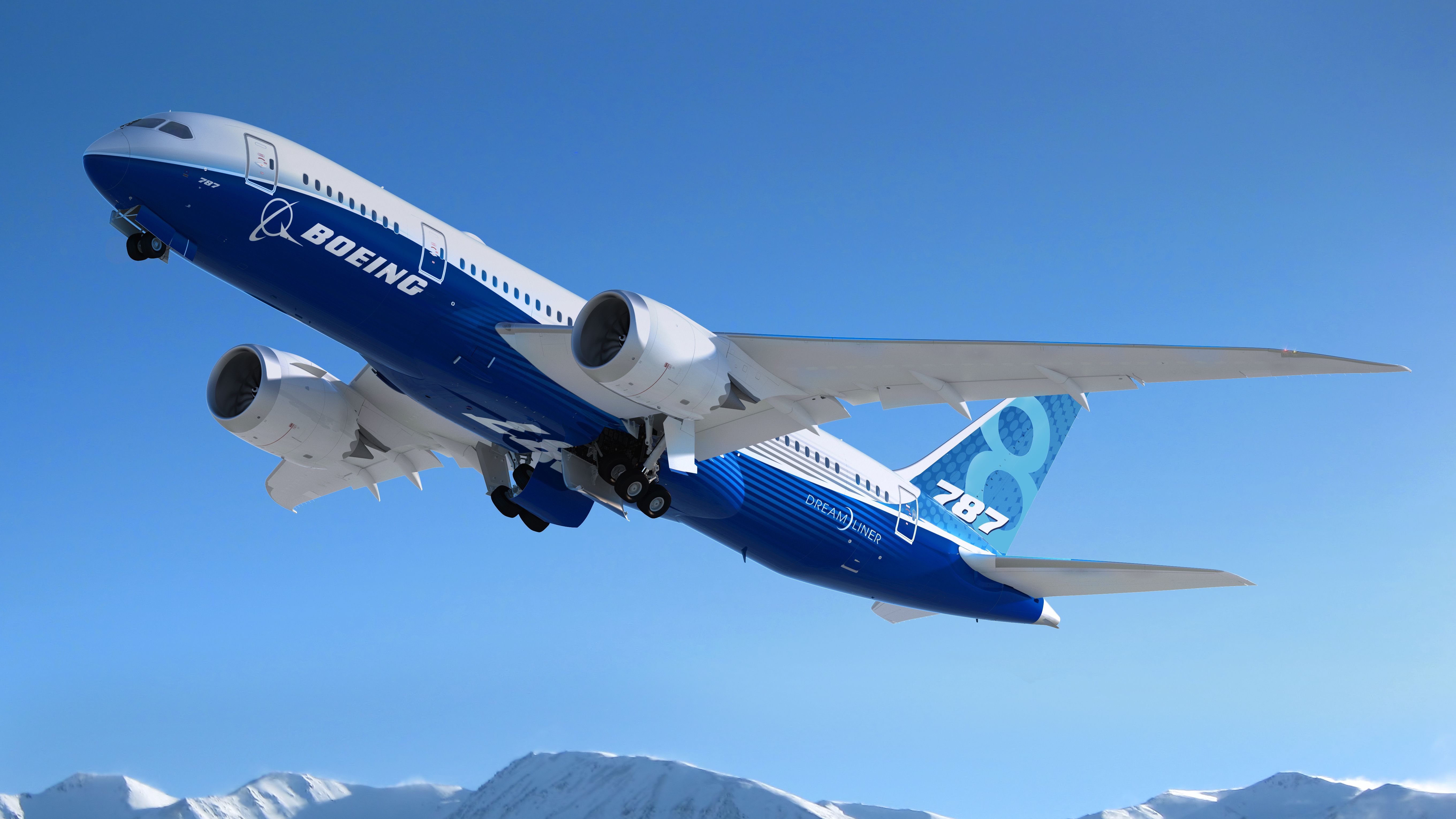Summary
- The United States had ambitions to develop its own supersonic commercial jet, the Boeing 2707, as a competitor to Concorde and the Tupolev Tu-144.
- The Boeing 2707 received significant orders from airlines and was planned to be larger than Concorde, but the project was ultimately canceled due to economic issues, rising fuel costs, and environmental concerns.
- The cancellation of the Boeing 2707 and the challenges faced by Concorde led to a decline in confidence in supersonic air travel, but there is still demand for supersonic travel today, as demonstrated by the development of the Boom Overture.
Ever since Concorde’s retirement by British Airways over 20 years ago, aviation enthusiasts have eagerly awaited supersonic air travel’s return. Europe’s Concorde and the former USSR’s Tupolev Tu-144 are the only commercial supersonic aircraft to date; however, things could change over the next decade.
With Boom Technology and other US-based startups leading the charge for the supersonic renaissance, it is easy to gloss over the country’s former attempts at launching its own Concorde competitor, the Boeing 2707.
Race to the sound-barrier
Operating the extremely popular transatlantic route with British Airways and Air France between 1976 and 2003, among other flagship services, Concorde is undoubtedly the most well-known supersonic commercial jet, but it was not the first foray into supersonic travel at the time.
The first supersonic flight took place in October 1947, with flying ace and US Air Force test pilot Chuck Yeager at the helm of a Bell X-1. Yeager hit Mach 1.06 in the rocket-powered aircraft, beginning the start of a new competition to develop both military and commercial supersonic aircraft.
Through the 1950s and 1960s, The United States, Soviet Union, and Europe all launched a range of projects; however, only two ever made it past the drawing board.
Concorde first took to the skies in 1969, eventually entering into service in 1976 with British Airways and Air France as its launch customers. Though it served under charter for other operators, Concorde remained limited to just Anglo-French operations, a far cry from the initial 100 options from 18 airlines during its design phase.
With rising fuel costs during the 1973 oil crisis, airlines began looking towards more fuel-efficient aircraft to keep travel expenses low and passenger levels high. By 1975, the gas-guzzling Concorde was a relic of a now-bygone era for aviation, and all but 14 orders remained.
Surprisingly, it was the Soviet Union that won the supersonic travel race, launching the Tupolev Tu-144 two months before Concorde. The jet was faster, capable of cruising at Mach 2.15 compared to Concorde’s 2.04, and held more passengers, though its range was limited, and the Tu-144 could barely reach from Moscow to the USSR’s Pacific coastline.
While tickets were affordable for most citizens, the jet was equally costly and inefficient to operate, relying on afterburners for the entire journey and incredibly unreliable. Following the tragic Tu-144 crash at the Paris Air Show in 1973, Soviet officials exercised caution, launching it on just one route between Moscow’s Domodedovo Airport (DME) and Almaty International Airport (ALA) in Kazakhstan. After just 103 scheduled flights, the Tu-144 was pulled from commercial service, though it remained in use as a testbed until 1999.
The Boeing 2707
As with the space race, the US had ambitions to revive national pride and best the red terror with its own supersonic commercial jet. In the early 1960s, the Federal Aviation Administration (FAA) projected the need for up to 500 supersonic transport (SST) aircraft by the 1990s, and President John F. Kennedy pledged to subsidize up to 75% of the development costs, launching the campaign.
Three proposals were put forward from North American, Lockheed, and Boeing. It was Boeing that won out with its Mach 3.0 capable Boeing 7207.
Alongside outrunning Concorde, the aircraft was planned to be significantly larger, holding capacity for 292 passengers across two classes while maintaining the same range.
During its development, the aircraft was immensely popular, seeing 122 orders from 26 airlines, including then-industry leaders Pan American and TWA, who ordered 15 and 12 aircraft, respectively. United Airlines, Northwest, and American Airlines all ordered six of the type, while Continental Airlines and Delta Air Lines ordered three each. Several operators also held orders for Concorde; however, US pride once again outweighed market interest, with the 2707 set to have become the most prevalent US-based SST.
Project cancellation
Despite its high order volume, the Boeing 2707 never took to the skies. In May 1971, during the construction of its prototypes, the US House of Representatives voted to stop funding the project amid ongoing economic issues and rising fuel costs.
Like Concorde and the Tu-144, Boeing’s SST was fuel-hungry, and politicians remained cautious of its actual viability on the market. The industry began leaning towards Boeing’s 747 jumbo jet concept, which offered higher capacity and lower fares, keeping aviation accessible. The 747 was not hampered by design challenges either; there was no requirement for specifically manufactured lightweight materials or the development of new engine concepts.
Boeing’s 2707 also saw environmental opposition from US citizens, with noise pollution, its sonic boom, and the deteriorating ozone layer cited as significant issues. The sonic boom setback remains unsolved to this day, leading to Concorde’s limited success in the US and ongoing problems with newer SST development programs.
Influence on SST
The Concorde program was hampered by similar issues, leading to limited success. In the years following the cancellation of the Boeing 2707, almost all orders were canceled as confidence in supersonic air travel tumbled. Airlines looked towards capacity over speed, with the Boeing 747, McDonnell-Douglas DC-10, and Airbus A300 becoming huge successes through the 1970s and beyond.
However, SST was not a total loss; Concorde found its niche serving the ultra-wealthy on transatlantic voyages with Air France and British Airways. Though it failed to recoup its development costs, Concorde did make a profit during its operation; British Airways managed to market the jet a bit better than its French cohort, raking in up to £50 million ($61 million) during its most profitable year. Air France earned around half of that, on average.
Photo: Boom Supersonic
Although it did not take to the skies, the 2707 casts its shadow over current developments. Demand remains for SST, something Boom Technology is targeting. The Boom Overture, currently in development, is set to bring supersonic travel back to the masses.
To meet the noise and environmental regulations that led to the 2707’s failure, the Boom Overture is set to be around half the speed of Concorde, at around Mach 1.7, and powered by four non-afterburning engines. The resumed interest in travel has also led the FAA and International Civil Aviation Organization (ICAO) to reexamine legislation to permit overland supersonic travel.
As of November 2023, the aircraft has 35 orders from American Airlines and United Airlines, while Virgin Atlantic, Japan Airlines, and several unnamed customers hold options for up to 171 jets.
Do you think the US made the right decision to cancel the Boeing 2707/SST, or could it have found a role? Let us know your thoughts in the comments.

